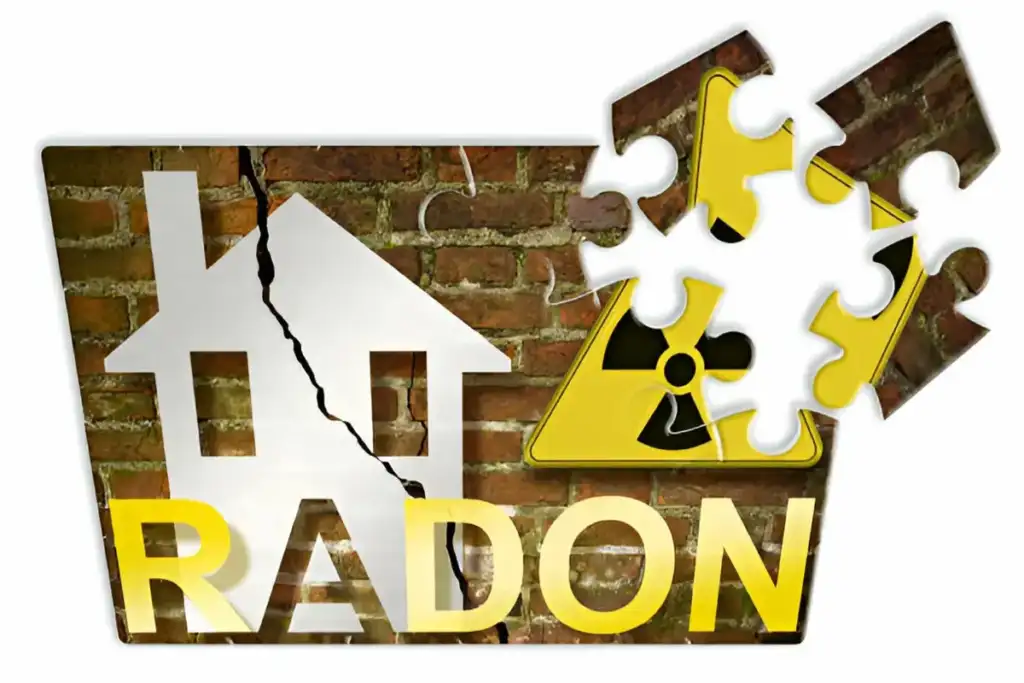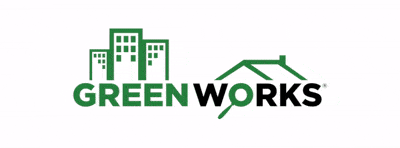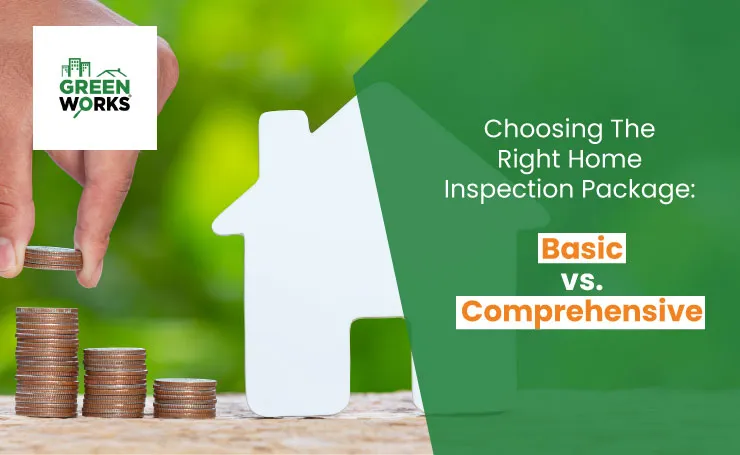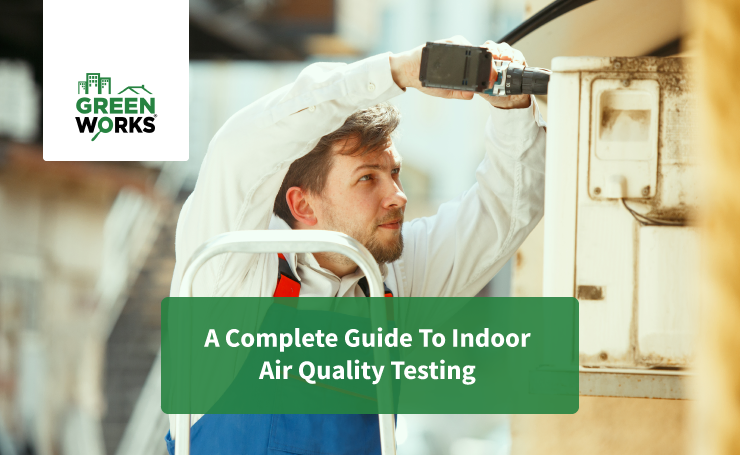Posts
Understanding Radon Levels: What Do They Indicate
Imagine you’ve just made the big decision—you’re buying a new home. You’ve checked everything: neighborhood, schools, space for the kids to play. And because your family’s safety is a top priority, you decided to schedule a radon test.
The radon testing team arrives at your new home, carefully setting up their equipment and taking samples from different areas of the house. After a thorough assessment, they pack up and assure you the results will be on their way soon.
Now, when results are in, what do they really mean? And should you be concerned?
Honestly, the results can be confusing, but understanding them is important, especially when you consider that nearly 1 in 15 homes in the U.S. have radon levels exceeding safe limits.
Typically, home radon concentration is categorized into three levels: low, moderate, and high. If your test shows levels below 2 pCi/L, you’re in the clear—those are considered safe.
But what if you’re in the middle? Moderate levels (between 2-4 pCi/L) fall into what we call a ‘gray zone.’ It’s not immediately dangerous, but taking action now can prevent long-term health risks down the road.
However, if your potential new home has radon levels above 4 pCi/L, you need to act quickly. High levels significantly raise health risks, and it’s crucial to address them right away.
In this post, we’ll help you understand what radon test results mean for your home and family’s well-being so you can take action with confidence.

Interpreting Radon Levels
Let’s break down what different radon readings might mean for your home, starting with the lowest level.
Low Radon Level (Below 2 pCi/L)
If your radon test shows levels below 2 picocuries per litre (pCi/L), that’s considered safe by health experts. It means that the risks of radon exposure are minimal, making them unlikely to pose any significant health issues.
Although a level below 2 pCi/L is considered safe, there is no completely risk-free exposure to radon. Even when you are in the ‘safe’ zone, things like seasonal shifts, changes in the ground beneath your home, or fluctuations in indoor air quality can affect radon concentration inside your home. Therefore, homeowners are encouraged to monitor the presence and levels of radon over time.
By testing regularly, you ensure that if radon levels start rising, you can catch it early and take action before it becomes a bigger concern.
Now, let’s explore what it means when your levels fall into the moderate range.
Moderate Radon Level (2–4 pCi/L)
If radon levels inside your home fall between 2 and 4 pCi/L, you’re in what’s called the ‘gray zone.’
In this range, the risks of potential health issues (explained below) are present but manageable. This means there’s a reason to stay alert, but it’s not an immediate cause for alarm.
The EPA advises homeowners like you to take this range seriously. This is where mitigation comes into play, particularly if levels consistently remain at the higher end.
Even though levels below 4 pCi/L are considered acceptable, it’s always a good idea to aim for below 2 pCi/L. After all, prolonged exposure, even in this moderate range, could increase risks over time.
3. High Radon Level (Above 4 pCi/L)
If your radon test results are above 4 pCi/L, you’re dealing with a high radon level. This is an urgent situation that requires immediate action. At such high concentrations, the risks become serious. Typically, this means radon is entering your home through cracks in the foundation or gaps around pipes, and it’s time to act fast.
In such cases, consider negotiating with the sellers for remediation steps or asking for a price reduction to cover the costs of addressing the issue.
Is a radon level of 11 high?
A radon level of 11 pCi/L is far above the EPA’s action threshold, requiring immediate mitigation to ensure safety of those in the home.
That being said, what is the highest radon level recorded in a home?
In 2016, the highest radon level in U.S. history was found in Lehigh County, Pennsylvania—over 900 times the EPA’s action level. For reference, mitigation is recommended when levels reach four pCi/L. Such extreme levels suggest a persistent source of radon, which is concerning, as radon is the second leading cause of lung cancer in the U.S.
Keep in mind that radon levels fluctuate with the seasons, so regular testing is important.
How Can Seasonal Changes Affect Radon Levels?
You may notice that radon intensity varies throughout the year, usually peaking in the winter.
You might be curious why this occurs.
This is largely because homes are tightly sealed in colder months to conserve heat, which limits the natural airflow that helps to dilute indoor radon density.
How?
With closed windows, any air exchange with the outside decreases and radon that seeps in from the ground through gaps or cracks in the foundation gets trapped.
Radon readings in winter are much higher than those measured in the summer, and if you haven’t tested your home for radon in winter, now might be a good time to consider it.
For more information, read why experts recommend radon testing during colder months for a more accurate assessment.
Health Implications of Radon Exposure
Radon is a colorless and odorless gas that can pose severe health risks. If you’re concerned about radon in your home, it’s important to understand the health implications of exposure. Therefore, homeowners must take the following steps:
Recognizing the Risk Curve
The risk of health issues increases with increasing levels of radon and its exposure over time. As radon concentration rises, so will the risks of lung cancer, making it necessary to recognize cumulative effects.
Health Implications by Radon Level
- Low-level Radon: Concentrations below 2 pCi/L are not a major concern; however, ongoing monitoring of environmental factors is essential. This ensures levels do not rise unexpectedly over time. Plus, regular testing helps identify any shifts in concentrations that might occur due to changes in your home structure or external conditions.
- Moderate-Level Radon: Anything between 2 to 4 pCi/L may require mitigation efforts, as extended exposure to these levels increases the likelihood of respiratory issues and other severe health concerns. Here, homeowners must take steps, including evaluating ventilation options and regular radon testing to protect the health of all occupants.
- High-Level Radon: High concentration of radon ranges above 4 pCi/L. Studies show that the likelihood of developing lung cancer increases with exposure to such high levels of radon. Also, such concentrations indicate a persistent source of gas infiltrating your house; this can be from structural issues such as cracks in the foundation or insufficient ventilation. Due to these serious implications, immediate action is essential—not only for mitigation but also for offering peace of mind to residents.
Implementing effective radon reduction strategies can dramatically improve indoor air quality and protect the health of everyone in your home.
What is the average amount of radon in a home?
The average radon concentration in homes varies depending on the environmental factors. However, while the average indoor radon level in the USA is about 1.3 pCi/L, your home could be different.
The Importance of Location
The location also significantly influences the radon concentration, with some regions naturally exhibiting high radon levels due to geological factors. Certain areas, such as those with granite or uranium-rich soil, tend to have higher radon concentrations. Therefore, regular testing is important regardless of the current reading, especially in high-radon areas.
Conclusion
When it comes to your home, the invisible risks can be the most concerning. Taking the time to understand and manage radon levels in your home is not just about compliance—it’s about safeguarding your family’s well-being. It is easy to overlook this invisible gas, but awareness and taking proactive measures can make a significant difference. Through regular radon testing and timely actions, you can prevent severe health issues down the line.
Before closing the door on your next home purchase, ensure a radon test is higher on your checklist. This small step can yield immense benefits, giving you the confidence that your new home is a haven.
So, if you are concerned about the presence of radon in your home (or are looking to buy a new house), go for a professional radon test. Trust the professionals to offer customized radon testing and guidance.
Take action today and protect your home, family, and peace of mind by scheduling your radon test with GreenWorks Inspections!



